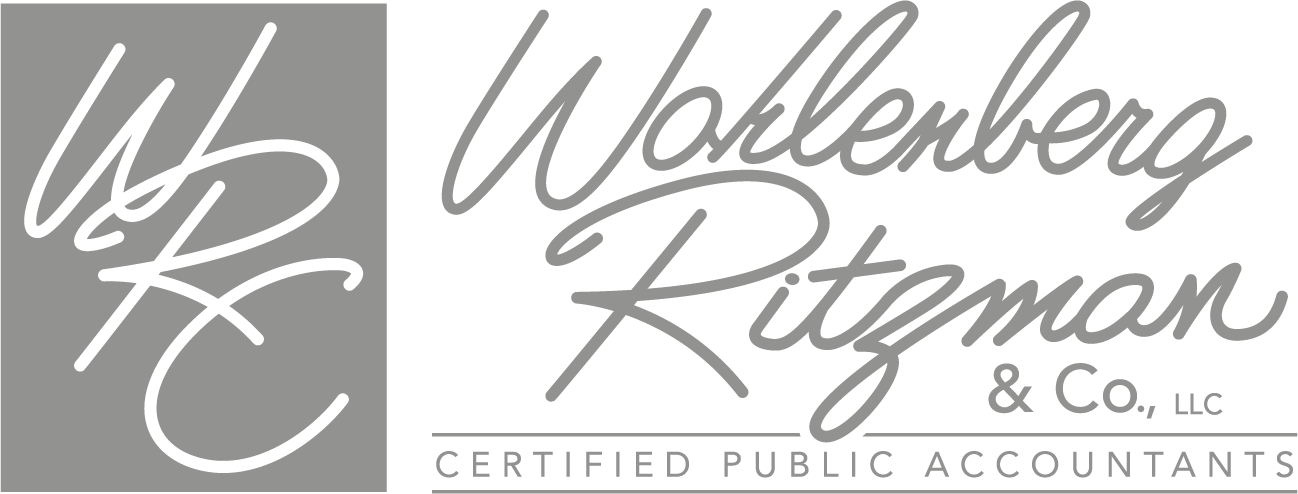[fusion_builder_container hundred_percent=”no” hundred_percent_height=”no” hundred_percent_height_scroll=”no” hundred_percent_height_center_content=”yes” equal_height_columns=”no” menu_anchor=”” hide_on_mobile=”small-visibility,medium-visibility,large-visibility” class=”” id=”” background_color=”” background_image=”” background_position=”center center” background_repeat=”no-repeat” fade=”no” background_parallax=”none” enable_mobile=”no” parallax_speed=”0.3″ video_mp4=”” video_webm=”” video_ogv=”” video_url=”” video_aspect_ratio=”16:9″ video_loop=”yes” video_mute=”yes” video_preview_image=”” border_size=”” border_color=”” border_style=”solid” margin_top=”” margin_bottom=”” padding_top=”” padding_right=”” padding_bottom=”” padding_left=””][fusion_builder_row][fusion_builder_column type=”1_1″ spacing=”” center_content=”no” link=”” target=”_self” min_height=”” hide_on_mobile=”small-visibility,medium-visibility,large-visibility” class=”” id=”” background_color=”” background_image=”” background_position=”left top” background_repeat=”no-repeat” hover_type=”none” border_size=”0″ border_color=”” border_style=”solid” border_position=”all” padding=”undefined” dimension_margin=”undefined” animation_type=”” animation_direction=”left” animation_speed=”0.3″ animation_offset=”” last=”no”][fusion_imageframe image_id=”171″ style_type=”none” stylecolor=”” hover_type=”zoomin” bordersize=”” bordercolor=”” borderradius=”” align=”center” lightbox=”no” gallery_id=”” lightbox_image=”” alt=”” link=”” linktarget=”_self” hide_on_mobile=”small-visibility,medium-visibility,large-visibility” class=”” id=”” animation_type=”” animation_direction=”left” animation_speed=”0.3″ animation_offset=””]https://www.wrccpa.com/blog/wp-content/uploads/2017/12/12_22_17_870133996_aab_560x292.jpg[/fusion_imageframe][fusion_separator style_type=”default” hide_on_mobile=”small-visibility,medium-visibility,large-visibility” class=”” id=”” sep_color=”” top_margin=”” bottom_margin=”” border_size=”” icon=”” icon_circle=”” icon_circle_color=”” width=”” alignment=”center” /][fusion_text]
It’s important to resist the temptation to rely on gut instinct or take shortcuts when budgeting for 2018. Creating a solid budget that’s based on the three components of your company’s financial statements will help you manage profits, cash flow and debt.
1. Income statement
Start the budgeting process with your income statement: Analyze revenues, margins, operating expenses, and profits or losses. If times have been tough, you may not even want to know how little income you’re pulling in, but it’s important to be aware of the specifics.
From an overall budgetary standpoint, gross profit margin is a critical metric. If your margin is declining, you may need to pivot quickly to increase your revenues or lower your costs. For example, you might plan to hire a new sales person, launch a new marketing campaign, discontinue an unprofitable segment or negotiate lower prices with a supplier.
It’s easy to get hung up on analyzing your income statement — particularly if your company is profitable. Yet bear in mind that this part of your budget doesn’t reflect cash-related activities such as buying new equipment or borrowing money from the bank. Today’s profitability may diminish in the face of tomorrow’s risks and threats. And the money you’ve earned may be dangerously tied up in working capital and other financial assets or obligations.
2. Statement of cash flow
Though gross margin is important, the center point of an effective budget is the statement of cash flow. It begins where the income statement leaves off — with your net income. From there, the statement is typically divided into three subsections:
1. Operating cash flow (activities associated with running the business),
2. Investing cash flow (activities associated with growing the business), and
3. Financing cash flow (activities associated with obtaining money).
For many companies, cash ebbs and flows throughout the year. And, if you have large contracts or experience seasonal fluctuations, it can be hard to stay fiscally responsible when cash balances are high. Predicting exactly when cash will come in (or dry up) is tricky — but your CPA can help you make reasonable assumptions based on your historical payment data.
3. Balance sheet
Think of your balance sheet as a snapshot of your company’s financial condition on a given date. The balance sheet lists assets, liabilities and shareholders’ equity. Elements such as these can help you realistically shape your budget going forward.
For instance, budgeted balances for certain working capital accounts (such as accounts receivable, inventory and accounts payable) are typically driven by revenue and cost of sales. Loans will be repaid in accordance with their amortization schedules. So, the “plug” figure in a budgeted balance sheet is often a line of credit or shareholder loan. That is, if cash goes below a certain threshold, you’re likely to take on debt to make up for the shortfall.
Getting help
Companies that operate without a budget can quickly become cash poor and debt heavy. We can help review your financial statements and establish a feasible budget that puts you on the road to success in 2018 and beyond.
© 2017
[/fusion_text][/fusion_builder_column][/fusion_builder_row][/fusion_builder_container]



